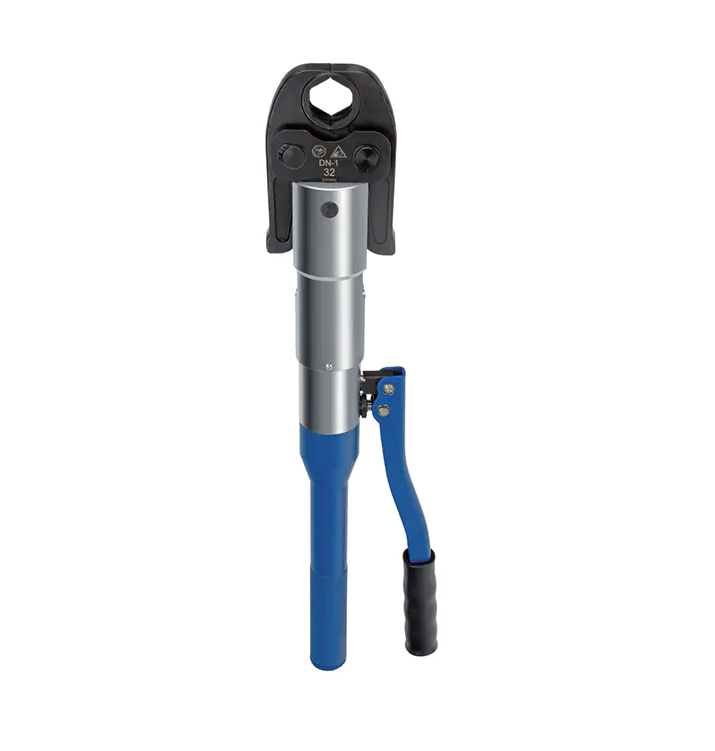Plumbing projects often require cutting plumbing pipe to fit specific layouts. Achieving a smooth cut is key to ensuring that connections remain tight and leak-free. Different pipe materials demand different cutting tools and methods, so it is important to select the right approach.
PVC pipes can be cut using a hand saw, a hacksaw, or a pipe cutter designed for plastic. Pipe cutters are usually faster and produce straighter edges. After the cut, sanding the pipe edges is useful for removing small imperfections. This preparation ensures that joints fit snugly and the system functions correctly.
For copper pipes, a metal tubing cutter is recommended. This tool works by gradually scoring the pipe while turning around it, which prevents deforming the pipe and ensures a consistent cut. Removing any burrs is necessary before connecting fittings, as sharp edges can interfere with assembly and create weak points.
PEX pipes, known for flexibility, require a sharp PEX cutter. Making sure the cut is straight allows fittings to attach properly without leaks. Even small deviations can affect the sealing ability of the connectors. Checking each pipe end after cutting can prevent installation issues later on.
Using proper safety equipment while cutting plumbing pipe is crucial. Gloves and eye protection can prevent injuries from sharp edges or small fragments. Maintaining a tidy work area also reduces the risk of accidents and keeps the pipe ends clean for installation.
Cutting plumbing pipe involves careful planning, choosing suitable tools, and applying safe practices. By following appropriate methods for PVC, copper, and PEX pipes, cuts can be clean and reliable. Proper preparation of pipe edges contributes to a secure plumbing system and helps ensure lasting performance.


